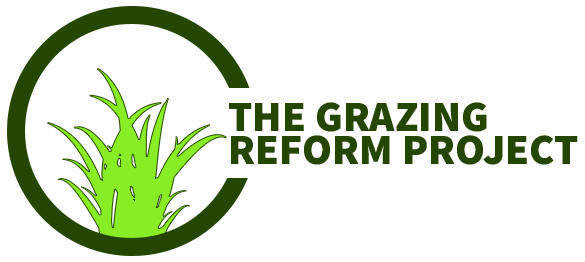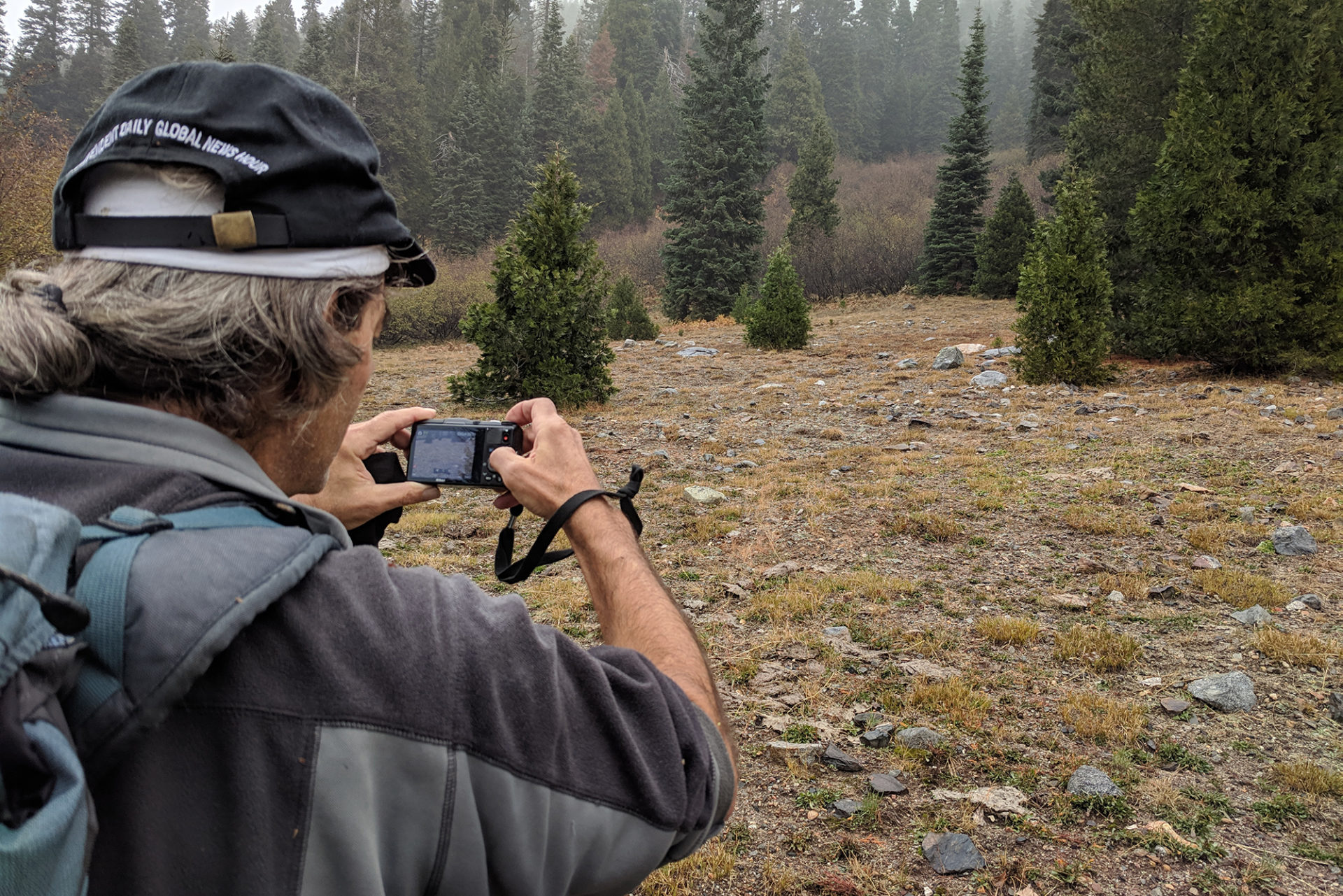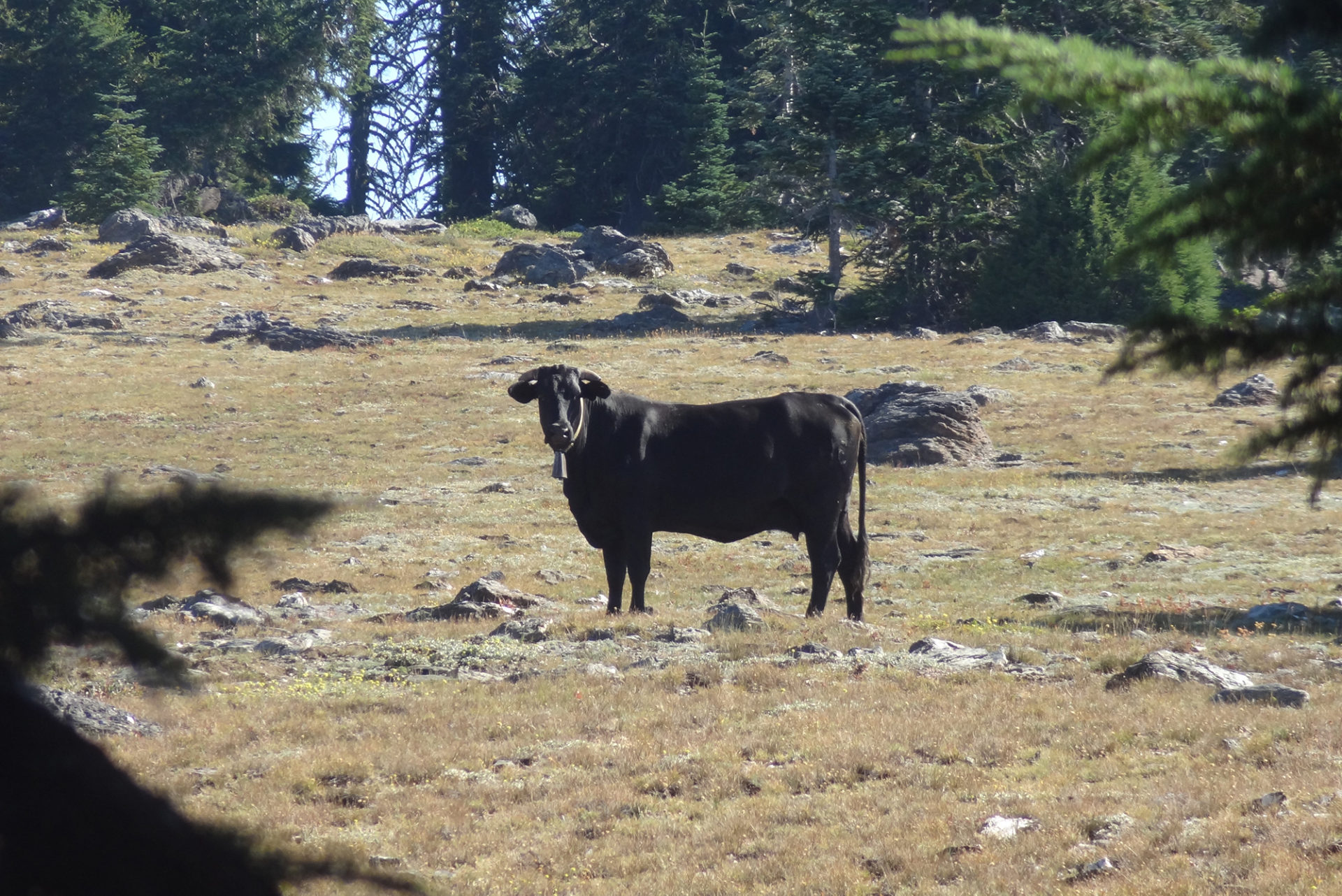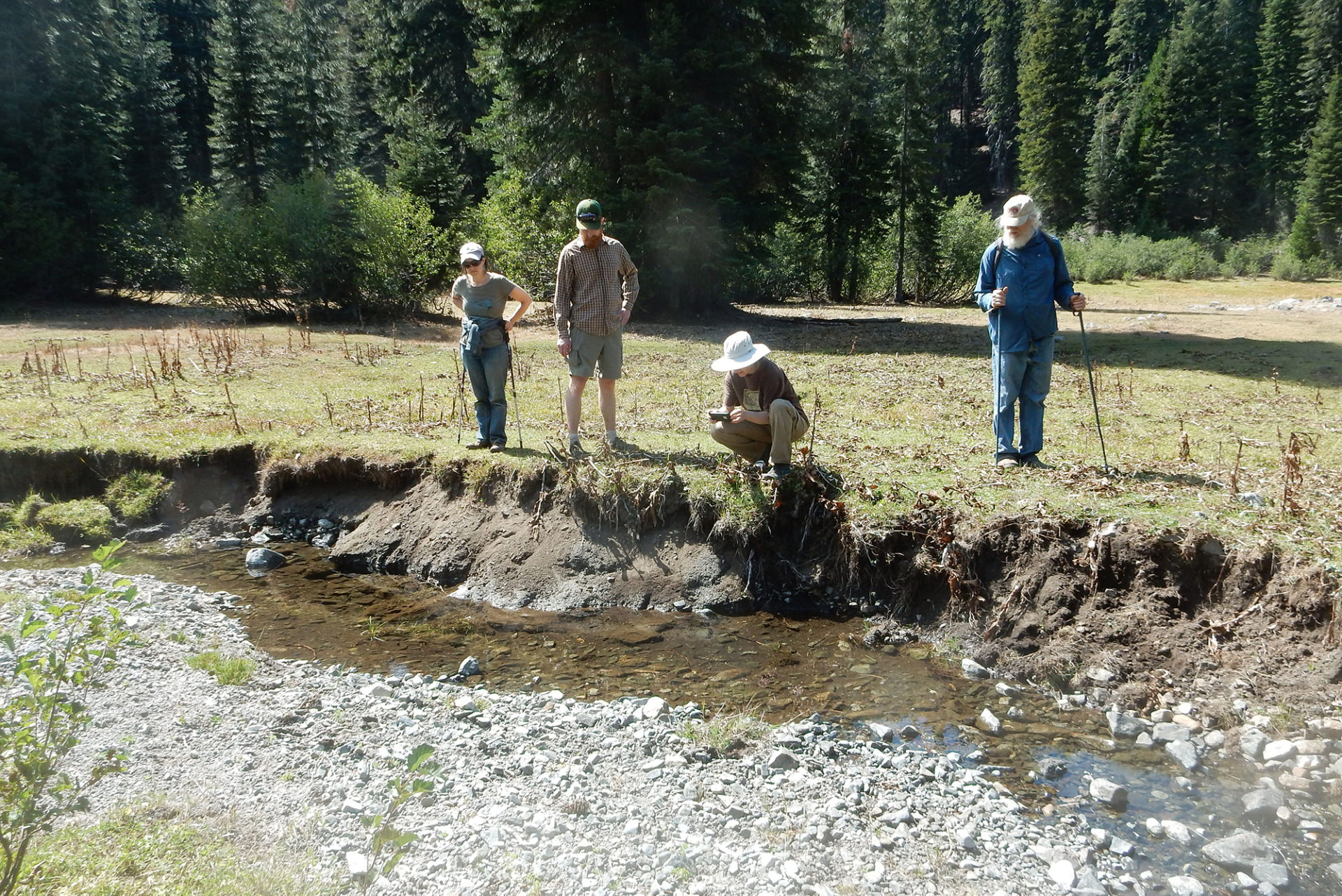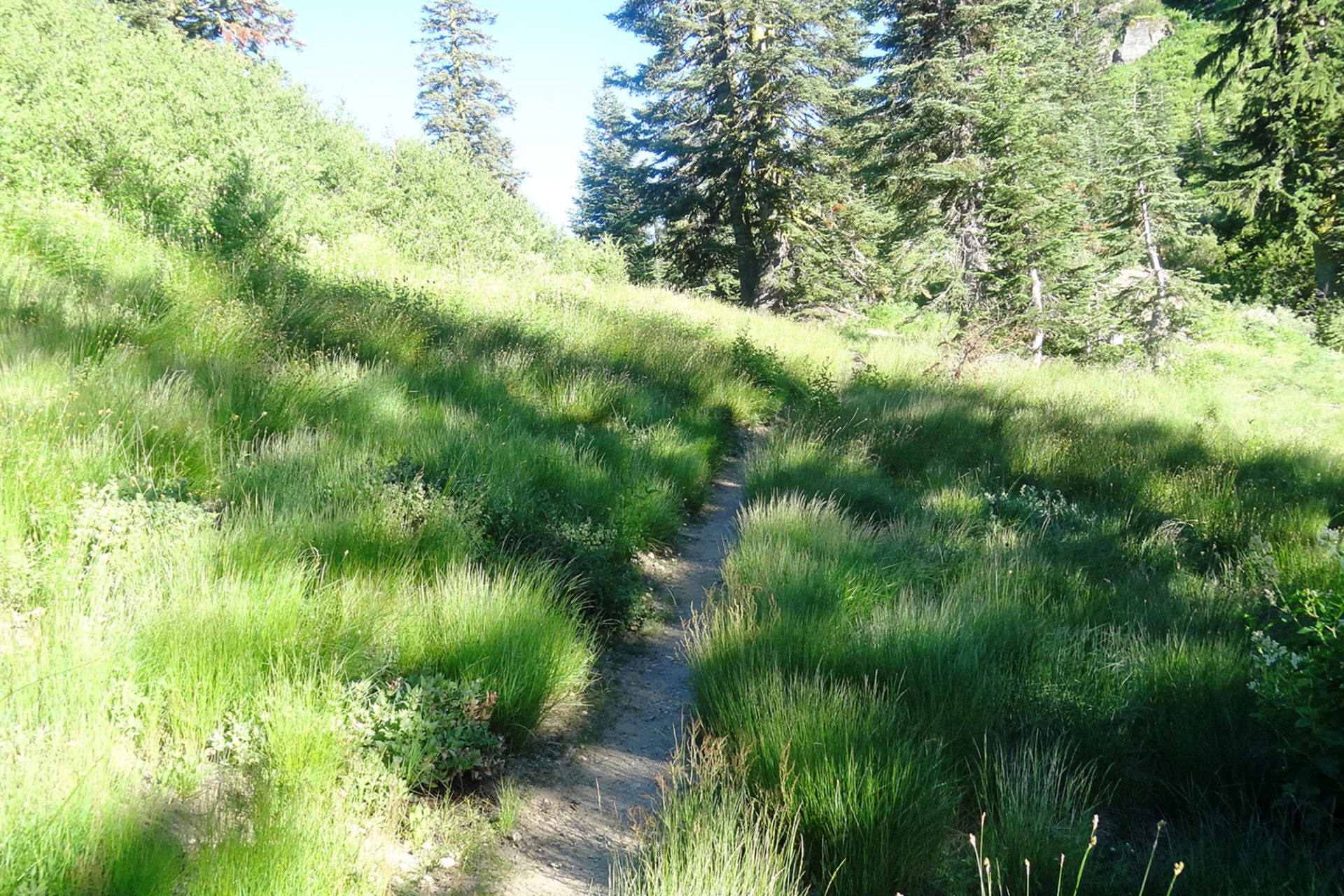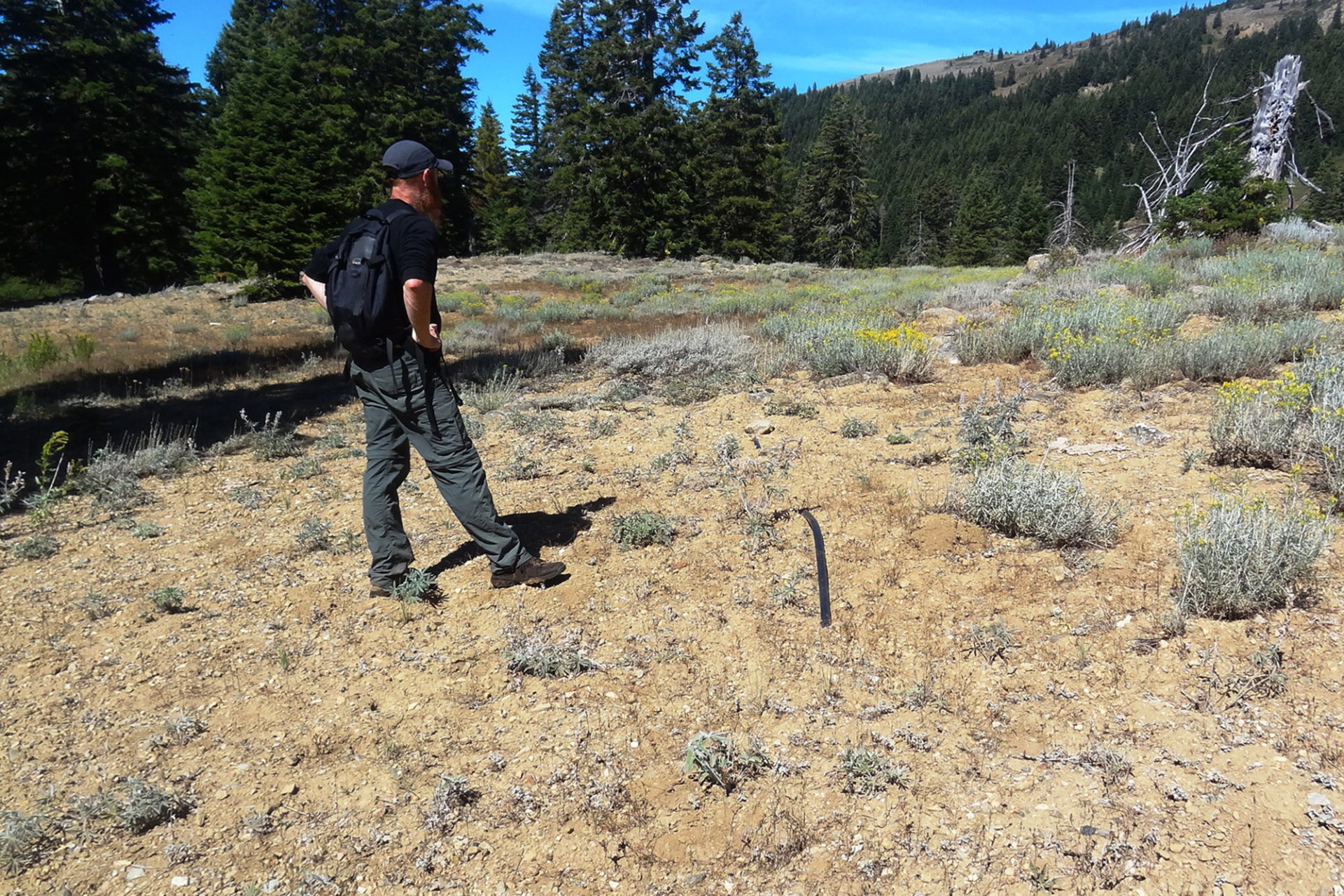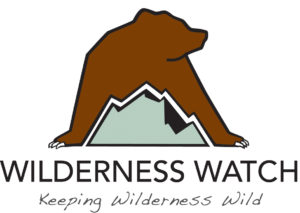Since its inception in 2009, The Project to Reform Public Land grazing in Northern California has utilized volunteers and interns to monitor grazing on-the-ground within Northern California wilderness and other public lands. All on-the-ground monitoring, including monitoring conducted by Project staff, is 100% volunteer. If you can carry a pack and hike off-trail, you can monitor how grazing is managed on Northern California's public lands. And, with a little bit of training and support, you can monitor and document the negative results of poorly managed public land grazing on your own or with friends. Learn more about how you can get involved at this link.
You can help reform the manner in which livestock grazing is managed on our public lands. The "Get Involved" link above links to a page presenting several ways you can get involved as a volunteer or monitoring public land grazing on your own or with friends. There is also a link by which you can also help with a donation in support of the Project's work. This link will take you to the donation page for the Environmental Protection Information Center; EPIC is one of three organizations sponsoring the Project. Please be sure to note that your donation is for the Grazing Reform Project. We will use all donations to advance our #1 objective: Assuring that public land grazing in Northern California is either managed properly and responsibly or ended.
